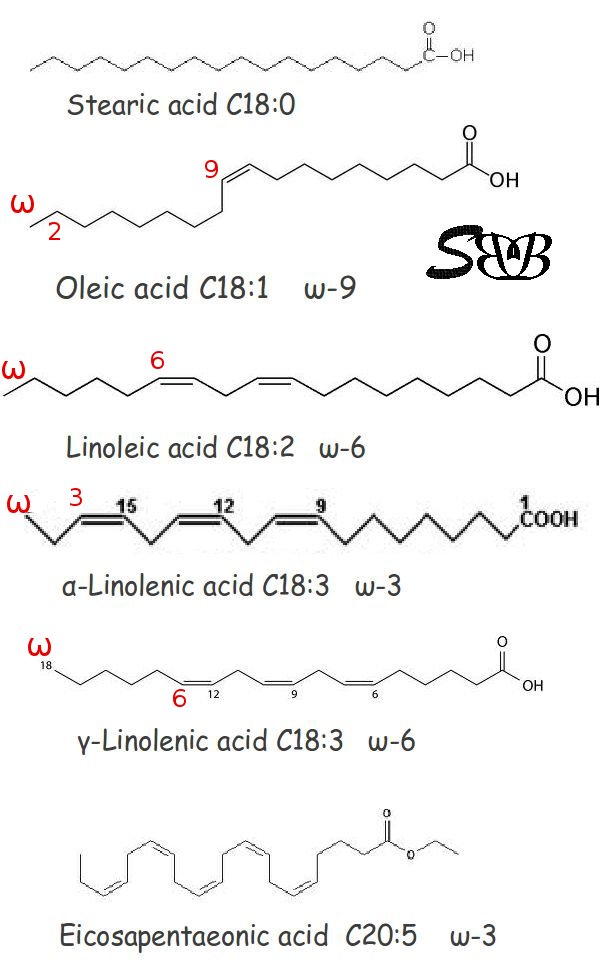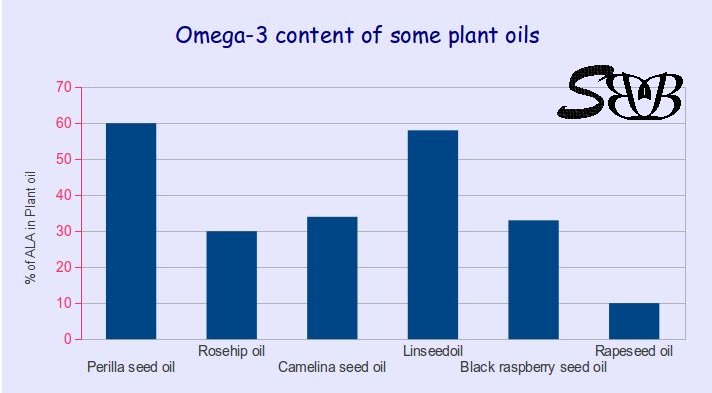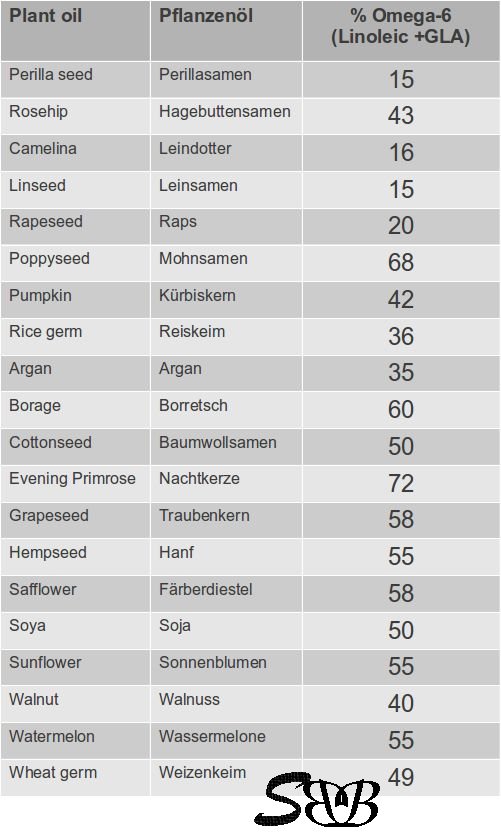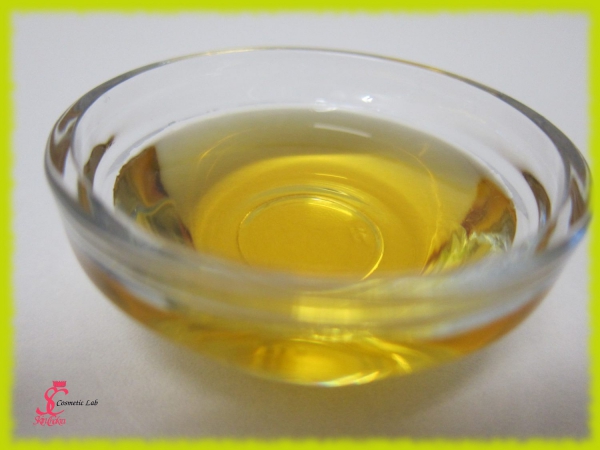Let's continue this part with the rather confusing of nomenclature. You are surely accustomed, if not from a cosmetic point of view, from a nutritional point of view, with Omega-3 fatty acids, Omega-6 fatty acids etc. The best example is fish oil capsules or flaxseed oil capsules you take regularly as nutritional supplement.

In the above diagram, you observe Stearic acid with 18 carbon atoms. Stearic acid is a saturated fatty acid, C18:0.
Then we come to Oleic acid, still with 18 carbon atoms, but with one unsaturated carbon-carbon bond, C18:1.
For the Omega (ω) definition, we count the carbon atoms from the other end of the fatty acid chain related to the (COOH) or carboxyl group, from Methyl-group. If we count from that end, from the ω-end, the C-C double bond is located at the 9th carbon atom. This is why oleic acid is called an Omega-9 fatty acid.
It goes on with the same logic: Linoleic acid, C18:2 has the first double bond located at the 6th Omega-position and is an Omega-6 fatty acid.
Alpha- and Gamma- Linolenic acid, both a C18:3 fatty acid are different in the Omega-position of the first double bond and are Omega-3 and Omega-6 fatty acids respectively.
This classification of fatty acids plays a very important role in their metabolic path. Fatty acids belonging to the same Omega-group have a similar metabolic path.
Omega-3 and Omega-6 fatty acids are essential fatty acids. It means the body can not produce them, we have to get them through food. Omega-9 fatty acids on the other hand could be produced by the body from other fatty acids. Omega-9 are no essential fatty acids.
From a dietary point of view, Omega-3 fatty acids are necessary for brain growth and performance, reducing Cholesterol levels in blood and reducing the risk of cancer and heart diseases. From a cosmetic point of view, they have antiinflammatory function and are essential to skin care for damaged and dry skin.
Omega-6 fatty acids should be consumed in ratios between 2:1-4:1 to Omega-3. Omega-6 oils are as well necessary for brain function, they are told to help prevent breast cancer. From a cosmetic point of view, they are known as antiallergic function and helping against eczema.
Plant oils rich in Omega-3 and Omega-6 fatty acids:


Please consider that both GLA and Linoleic acid are considered as Omega-6 oil in the above table.
In Part VI we'll discuss about factors affecting the quality of a fatty acid/an oil such as Iodine number, saponification value etc.

Swettis Beauty Blog am : Butters, Fats, Oils and Co. (part IV)
Swettis Beauty Blog am : Butter, fats, oils part VI